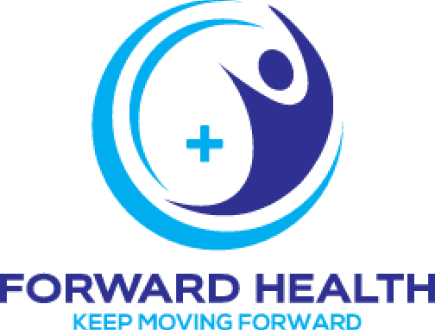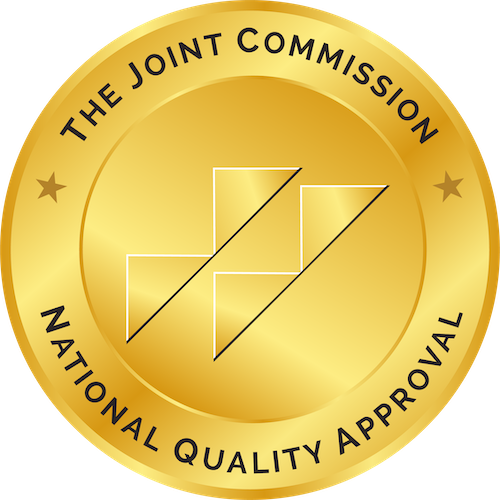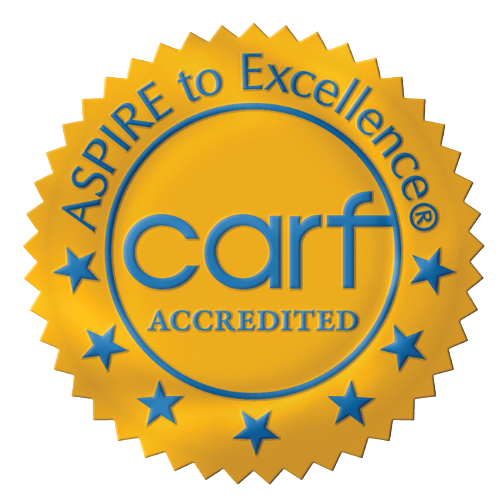Dual Diagnosis Treatment in Ohio
Dual diagnosis, also called co-occurring disorder, happens when someone struggles with a mental health condition and an addiction at the same time. This combination affects millions of U.S. adults and can make life feel overwhelming without the right treatment.Specialized care is available at dual diagnosis treatment centers in Ohio. Dual diagnosis rehab Ohio helps people manage both conditions, giving them the tools to heal and recalibrate their lives. Recovery is possible, and it starts with understanding the link between mental health and addiction.
To learn more about treating a co-occurring condition, contact Forward Health in Ohio today.
What is a Co-Occurring Disorder?
A dual diagnosis of a mental health condition and an addiction (substance use disorder) at the same time is also called a co-occurring disorder. This means a person might be dealing with depression, anxiety, or PTSD (post-traumatic stress disorder) while also struggling with an addiction to drugs, alcohol, or prescription medications.
These conditions often make each other worse. Many people use addictive substances to cope with the symptoms of mental health problems, but this can trigger more severe complications, and it doesn’t address the underlying issues. Similarly, substance abuse can complicate the management of mental health conditions.
People with co-occurring disorders need integrated treatment that tackles both conditions together. Ignoring one issue can lead to worsening symptoms or relapse. Research shows that coordinated dual diagnosis treatment delivers superior outcomes, helping people regain control over their lives.
Who is Most at Risk for Developing a Co-Occurring Condition?
Anyone can develop a co-occurring disorder, but some factors increase the risk of dual diagnosis. People with a family history of mental health issues or substance abuse are more likely to experience both conditions themselves. Genetics plays a role, but environment and life experiences may also contribute to the development of dual diagnosis.
Those who have undergone significant stress or trauma like abuse or neglect may be at increased risk of dual diagnosis. Someone with PTSD, for instance, might turn to drugs or alcohol to numb their pain, which can trigger dependence and addiction without addressing the underlying trauma.
Additionally, individuals with undiagnosed or untreated mental health conditions often self-medicate, using substances to feel better, but this can quickly spiral out of control.
Men are more likely to have dual diagnosis than women, especially when it comes to substance abuse. Women, by contrast, are more prone to use addictive substances to cope with mental health conditions, often leading to dual diagnosis.
Other risk factors for co-occurring disorders include social isolation, low self-esteem, and lack of a support network, all of which can make someone more vulnerable to both substance abuse and mental health conditions.
Additional risk factors for developing a co-occurring condition are:
- Family history of substance use or addiction
- Family or personal history of mental illness
- Prenatal exposure to certain drugs or toxins
- Low self-esteem or poor self-image



